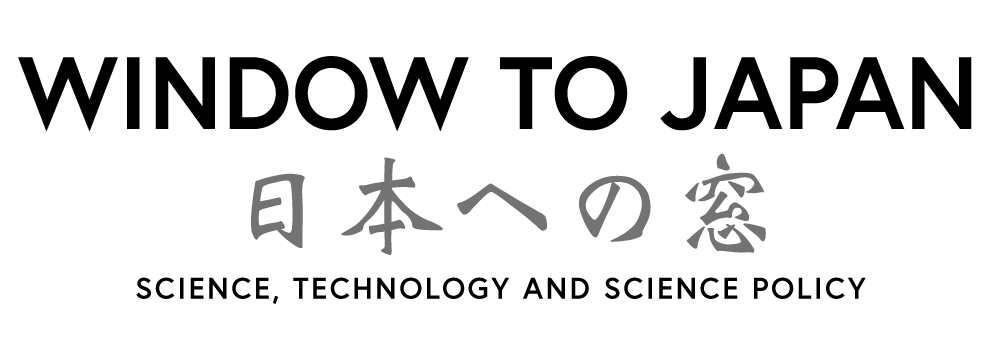https://bio.nikkeibp.co.jp/atcl/column/16/021500017/012300318/
Silk Strand Pharma, a startup in Tokyo that develops antibacterial and antiviral drugs to fight infectious diseases, uses silkworms for toxicity testing
The use a “S-cubic system” to find antibiotics active against gram-positive bacteria resistant to methicillin and discovered Lysocin E, a new antibacterial candidate against Staphylococcus aureus (MRSA). Based on these results, Silk Strand Pharma plans to start non-clinical trials of Lysocin E by the end of 2024. After that, they plan to start clinical development targeting MRSA in 2025, and plan to conduct a phase 1 clinical trial (first-in-human trial) in 2026.
The S-cubic system consists of three “S”: (1) Soil Medium, (2) Soft Agar Screening, and (3) Silkworm Evaluation. ing.
(1) Soil Medium is a medium that imitates the growth environment of microorganisms and have established a technology to obtain rare microorganisms
(2) In Soft Agar Screening, a bacterial solution cultured in Soil Medium is added to form a colony in solid culture, and then cultured by covering soft agar with target bacteria on top. If there is a colony of microorganisms that produce an antibiotic to which the target bacteria are sensitive, the soft agar will become transparent. As a result, highly active antibiotics can be found.
(3) Silkworm Evaluation evaluates the effectiveness of compounds discovered through Soft Agar Screening in silkworms and narrows down hit compounds. The efficacy and toxicity profiles of compounds are similar between silkworms and mice. Therefore, silkworms can be used to evaluate pharmacokinetics and toxicity.
During the discovery of Lysocin E, the team searched for 14,651 strains of soil bacteria. After performing Soft Agar Screening and identifying 2794 strains that inhibited the proliferation of MRSA, each culture supernatant was added to the blood of silkworms infected with MRSA to evaluate the survival rate of the silkworms. As a result, were hits could be narrowed down to 23 strains.
